Retro Replay Review
Gameplay
American Civil War: Take Command – Second Manassas picks up where its predecessor left off, delivering a deep real-time tactical wargame experience centered on the pivotal Second Manassas campaign. Players assume command of Union or Confederate forces across 20 linked scenarios, where the outcome of each engagement carries forward, affecting troop morale, reinforcements, and overall strategic positioning. The pacing mirrors the ebb and flow of Civil War battles—seconds can decide the fate of entire brigades, and well-timed orders can turn the tide in your favor.
(HEY YOU!! We hope you enjoy! We try not to run ads. So basically, this is a very expensive hobby running this site. Please consider joining us for updates, forums, and more. Network w/ us to make some cash or friends while retro gaming, and you can win some free retro games for posting. Okay, carry on 👍)
The game offers three distinct modes: Historical, Open Play, and Custom. Historical mode challenges you to replicate the known sequence of events from the August 1862 campaign, while Open Play grants freedom to launch alternative maneuvers and explore “what-if” outcomes. Custom mode goes further by allowing players to import user-created maps and scenarios, extending replayability beyond the core eight battlefield layouts. This focus on configurable scenarios means every playthrough can feel fresh, whether you’re replaying Glendale or testing novel flank attacks at Chantilly.
Unlike many strategy titles, Second Manassas eschews base-building and resource gathering entirely. Instead, combat hinges on authentic Napoleonic formations, line-of-sight considerations, and realistic weapon reload times. Controlling up to thousands of individual soldiers and artillery pieces, you must coordinate infantry volleys, cavalry charges, and artillery barrages—each with accurate range, accuracy, and movement penalties. The absence of generic resource loops keeps tactics front and center, rewarding those who study terrain, maintain supply lines, and time their attacks to exploit enemy weakness.
Graphics
The visual presentation in Second Manassas is grounded in historical cartography, with all eight battlefield maps meticulously modeled from Library of Congress records. Hills, ridgelines, farmhouses, fences, and woodlots appear in authentic proportions, lending a genuine sense of place to each encounter. While the engine prioritizes clarity over flashy shaders, unit icons, and formation outlines remain crisp even when dozens of regiments clash on screen.
Troop sprites and animations strike a balance between informational and immersive. Infantry adopt correct firing stances, cavalry canters, and artillery crews limber and unlimber their guns in realistic sequences. Smoke effects from musket and cannon fire are modest but serve their purpose, helping players gauge sustained volleys in the heat of battle. Although textures may feel dated compared to modern AAA titles, the functional art direction ensures you never lose track of unit positions or orders during large-scale engagements.
The user interface reinforces the historical theme with period-style map overlays and order wheels reminiscent of 19th-century cartography tools. Contextual tooltips provide quick access to unit stats—firepower, morale, fatigue—while the minimap keeps the entire theater in view. Custom scenarios and imported map support also allow the community to tweak graphical elements, swapping terrain palettes or experimenting with alternate color schemes to enhance visibility or thematic flair.
Story
Second Manassas doesn’t offer a cinematic narrative with voiced cutscenes; instead, it weaves its story through scenario briefings, mid-battle updates, and the strategic carryover between engagements. Each scenario is prefaced with a succinct historical overview, outlining troop dispositions, key objectives, and commander intentions. As you progress, the evolving state of the campaign—casualties sustained, ground captured, morale shifts—tells a dynamic story of ebb and flow along Virginia’s battlefields.
The inclusion of “what-if” scenarios adds creative license to the campaign’s narrative, allowing you to test alternate Brunswick and Gainesville maneuvers or launch surprise offensives at Manassas Junction. These hypothetical engagements not only extend replay value but also encourage players to consider how single decisions might have altered the course of history. Watching a previously defeated force counterattack in Open Play mode can feel like stepping into an alternate timeline, enriching the game’s historical tapestry.
Deeper immersion comes from the attention to authentic equipment and unit variety. From Zouave skirmishers to veteran Zouave regiments in bright uniforms, every infantry type carries unique stats and battlefield roles. Artillery batteries reflect the correct assortment of Napoleonic and rifled cannons, while cavalry regiments range from light scouts to heavy dragoons. This meticulous catalog of unit types underscores the campaign’s backstory, reminding players that every regiment had its own fighting spirit and place in the grand narrative of Second Manassas.
Overall Experience
American Civil War: Take Command – Second Manassas stands out as a deeply strategic RTS for history buffs and hardcore tacticians alike. Its learning curve can be steep—mastering line-of-sight rules, skirmish screens, and brigade-level coordination requires patience—but the payoff is a level of authenticity rarely seen in modern wargames. Those willing to delve into its systems will discover a richly layered command experience that rewards planning, adaptability, and historical knowledge.
Replayability is one of the game’s strongest suits. Between the 20 linked scenarios, open play deviations, and the vibrant modding community supplying custom maps, battles remain unpredictable and engaging. Multiplayer skirmishes can further test your mettle against human opponents who share your love of Civil War tactics. Even long after you’ve mastered the historical outcomes, experimentation with alternate orders of battle and surprise offensives can keep the spark alive.
While graphics and animations may feel utilitarian by today’s standards, they support the core design philosophy: a focus on battlefield decision-making over spectacle. If you’re seeking a resource-free, tactically focused wargame that brings the Second Manassas campaign to life with historical rigor and scenario depth, Take Command – Second Manassas delivers a memorable and challenging journey through one of the Civil War’s most consequential battles.
 Retro Replay Retro Replay gaming reviews, news, emulation, geek stuff and more!
Retro Replay Retro Replay gaming reviews, news, emulation, geek stuff and more!
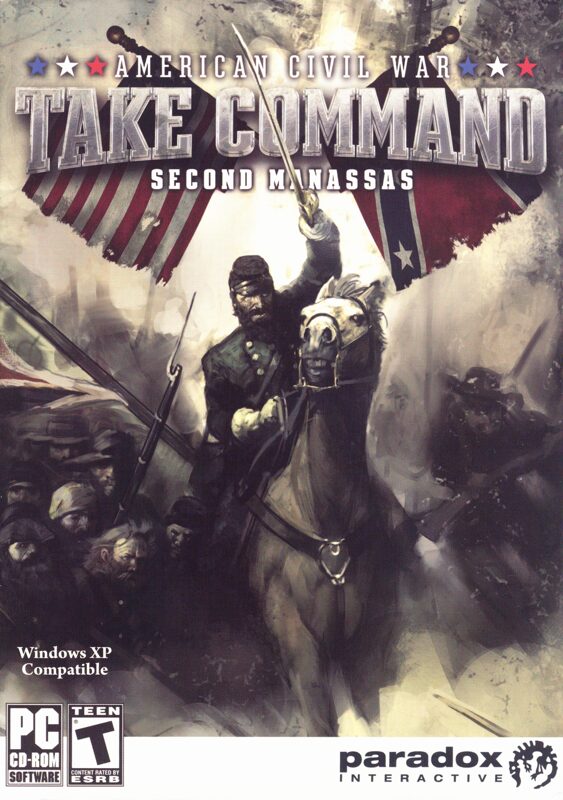
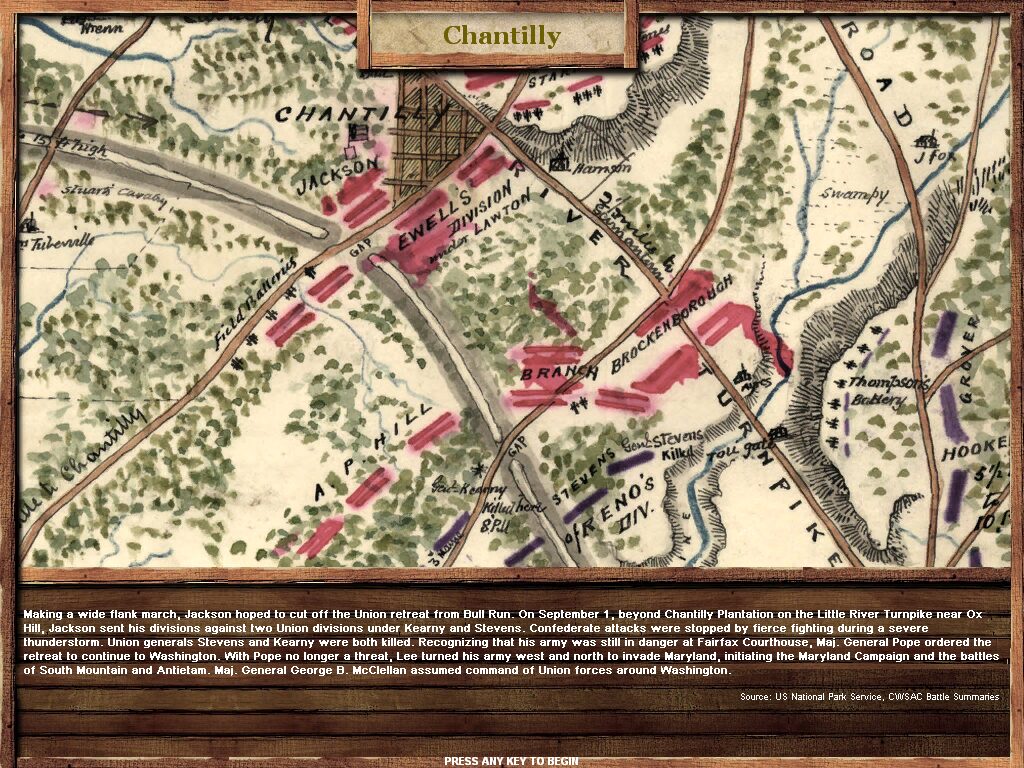
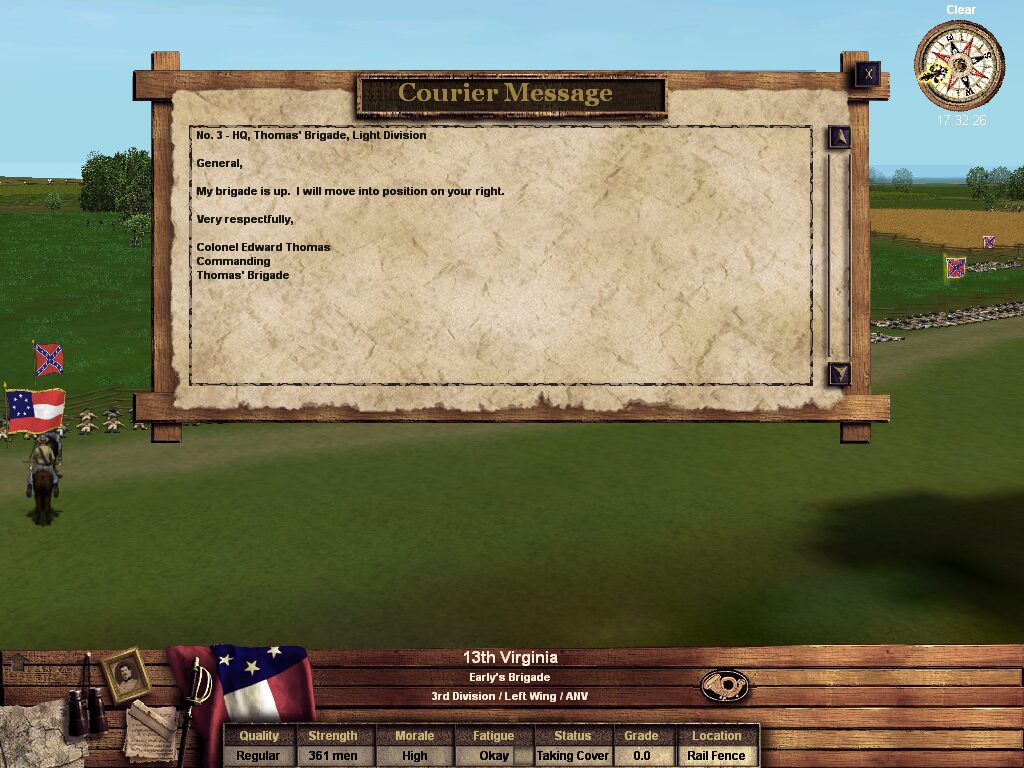
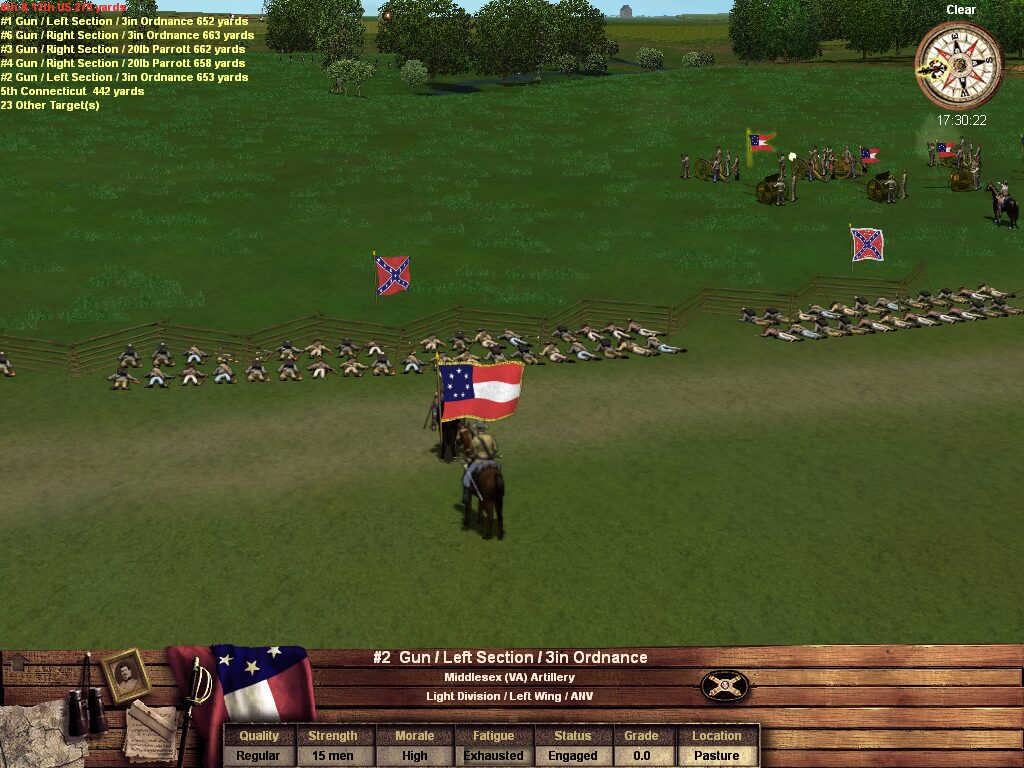
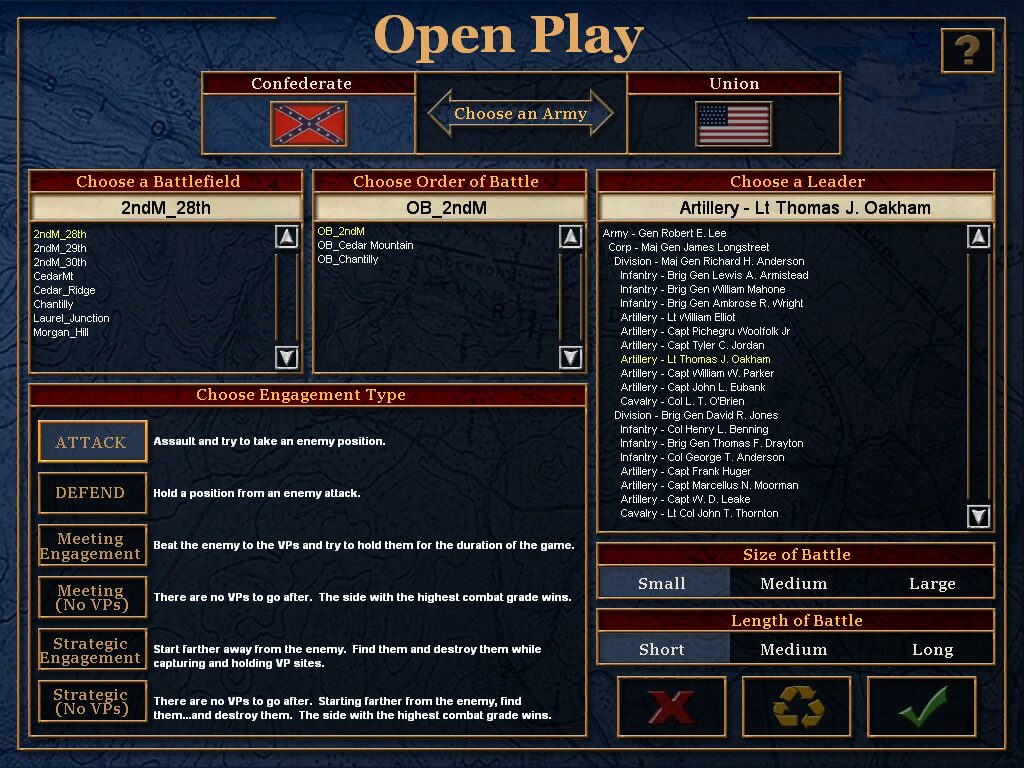
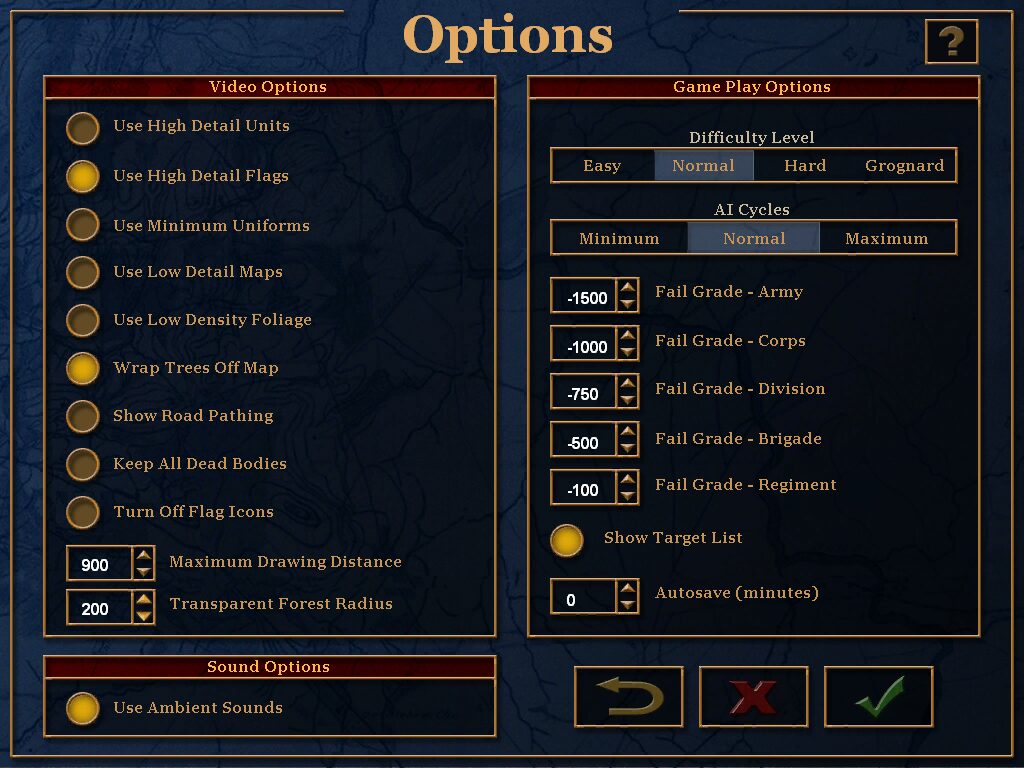



Reviews
There are no reviews yet.